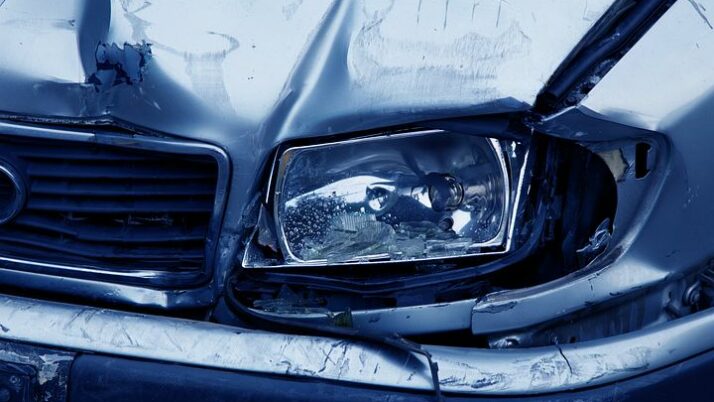
Gap Insurance – Do I Need It?
Gap insurance is an optional car insurance coverage that helps pay off your auto loan if your car is totaled or stolen and you owe more than the car’s depreciated value. This type of coverage is only available if you’re the original loan or leaseholder on a new vehicle. Gap insurance helps pay the gap between the depreciated value of your car and what you still owe on the car.
This might not seem important until you are involved in an auto accident and your car is a total loss. If you’re leasing or financing a new car, many lenders require you to have collision and comprehensive coverage on your car insurance policy until your car is paid off. Gap insurance is meant to be used in conjunction with collision coverage or comprehensive coverage. If you have a covered claim, your collision coverage or comprehensive coverage would help pay for your totaled or stolen vehicle up to its depreciated value. Most vehicles’ value depreciates about 20 percent in the first year of ownership. So depending on when you have an accident, this could leave you owing more on the loan than the car is worth. That is where gap insurance can help.
Here’s an example of how gap insurance may work: Say you bought a brand-new car for $25,000. You still owe $20,000 on your auto loan when the car is totaled in a covered collision. Your collision coverage would pay your lender up to the totaled car’s depreciated value — say it’s worth $19,000. If you don’t have gap insurance, you would have to pay $1,000 out of your own pocket to settle your auto loan on the totaled car. If you have gap insurance, your insurer would help pay the $1,000. You would have to pay this difference even if you did not cause the accident.
Keep in mind that, in the above scenario, the car insurance reimbursement goes completely to your auto lender to pay off a car that’s no longer driveable. If you think you would need help buying a new car after yours was totaled, you might want to consider purchasing new car replacement coverage. Some insurers sell loan/lease gap coverage and new car replacement coverage together, as a single add-on to a car insurance policy for a brand-new vehicle.
If you didn’t know about gap coverage when you purchased your car, you may be able to get gap insurance after you buy a car, depending on the model year of the vehicle. Gap insurance isn’t just sold at car dealerships, many insurers offer gap insurance as part of a car insurance policy. You may want to consider gap insurance in the following situations:
If you made less than a 20 percent down payment on your vehicle;
If your auto loan is 60 months or longer;
If you’re leasing a vehicle. If you’re leasing a new vehicle.
Check your car lease or purchase contract to see if gap insurance was included. If not, contact your insurance agent to see if you can add gap insurance to your current policy.




